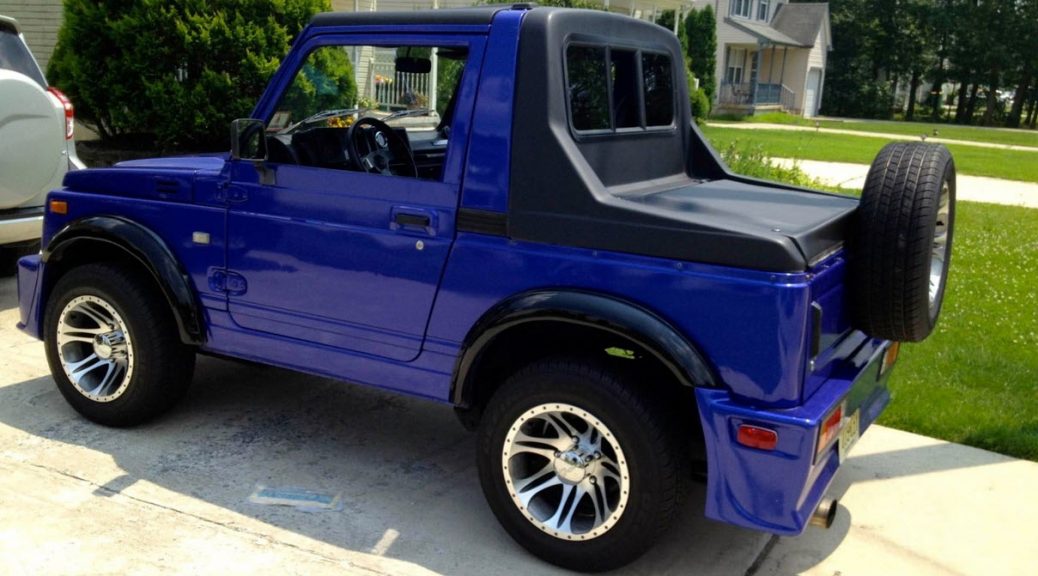
Suzuki Samurai
The Suzuki Samurai, renowned for its affordability, durability, and off-road capabilities, has earned a special place in automotive history. This compact 4×4 SUV, first introduced in the 1980s, quickly gained popularity among off-road enthusiasts. This article offers an in-depth analysis of the Suzuki Samurai, examining its history, design, and performance.
A Glimpse Into the History
Origins and Global Launch
The Suzuki Samurai was originally introduced in Japan in 1981 as the Suzuki Jimny. However, it wasn’t until 1985 that it made its way to the United States under the name “Samurai”. The vehicle was designed to provide an economical and lightweight alternative to the more substantial, traditional SUVs of the time. Despite its small size, the Samurai quickly gained a reputation for its ruggedness and ability to traverse difficult terrains.
Controversy and Decline
In the late 1980s, the Samurai faced some controversy due to reports questioning its stability, which somewhat tarnished its image. Sales in the United States fell dramatically in the early 1990s, and Suzuki eventually ceased the sale of the Samurai in the US in 1995. However, it continued to enjoy popularity in other markets and has since gained a cult following among off-road enthusiasts.
Technical Specifications and Design
Engine and Performance
The Suzuki Samurai was initially powered by a 1.3-liter, four-cylinder engine that produced a modest 63 horsepower and 74 lb-ft of torque. This was mated to a 5-speed manual transmission. Although not particularly powerful, this was adequate for a lightweight vehicle, and it excelled in off-road capabilities thanks to its short wheelbase, high ground clearance, and low-range gearing.
Body and Interior
The Suzuki Samurai was available in two body styles – a soft-top convertible and a hardtop. The vehicle’s interior was quite minimalistic and utilitarian, reflecting its purpose as an off-road workhorse. However, it did feature front bucket seats and a folding rear seat for added versatility.
Off-road Capabilities
The Samurai’s off-road prowess can be attributed to its lightweight build, high ground clearance, and the availability of a four-wheel-drive system with low-range gearing. This made it ideal for traversing rocky terrains, muddy tracks, or steep inclines.
Legacy and Aftermarket Support
The Cult-Following
Despite ceasing sales in the US in the mid-90s, the Suzuki Samurai has maintained a devoted following. Many off-road enthusiasts prize the Samurai for its simplicity and ease of modification. A large aftermarket scene has developed, with countless parts and modifications available for those looking to enhance the Samurai’s off-road capabilities.
Endurance in Global Markets
Globally, the Suzuki Jimny, the Samurai’s sibling, continues to be successful. The modern Jimny retains the original Samurai’s essence – a small, lightweight, and capable off-roader.